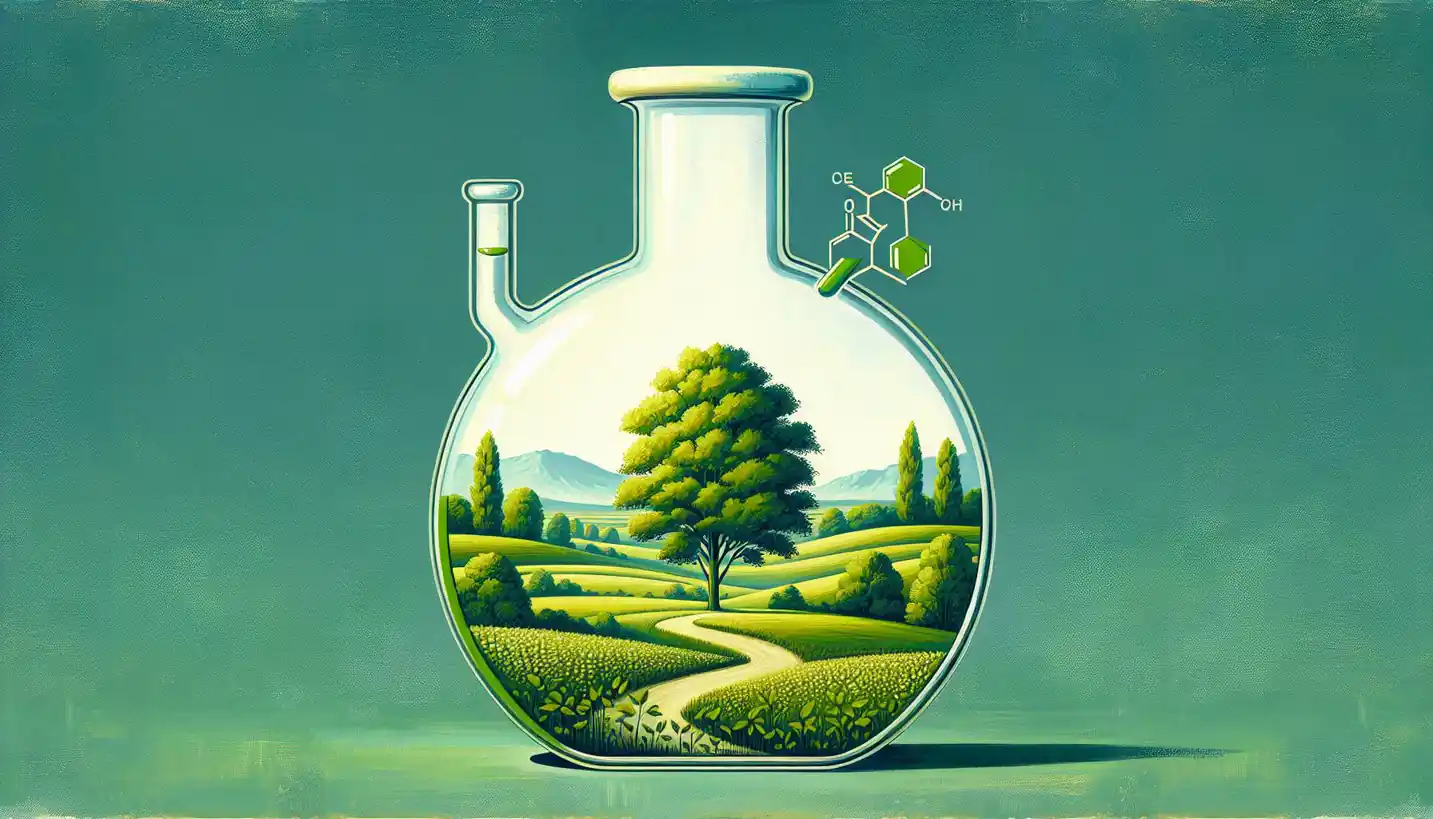· Chemistry · 4 min read
Henry's Law: Exploring the Basics of Chemistry
Explore Henry's Law to understand gas solubility in liquids, guiding everything from soda fizz to environmental science. Discover why this principle is a cornerstone of chemistry.

Diving into the world of chemistry brings up all sorts of intriguing concepts, and Henry’s Law is one of those gems. At its core, Henry’s Law explains how gases dissolve in liquids, providing a neat guideline that helps us understand everything from how soda stays fizzy to the behavior of gases in our atmosphere. Let’s break it down in a way that’s easy to digest.
What Is Henry’s Law?
In simple terms, Henry’s Law is the principle stating that the amount of a gas that dissolves in a liquid is directly proportional to the pressure of that gas above the liquid, provided the temperature stays the same. Imagine opening a bottle of soda. When you crack it open, you hear that familiar hiss. That sound is carbon dioxide escaping. Before opening, the gas is dissolved in the liquid under high pressure. Once the pressure is released, the gas comes out of the liquid, creating bubbles.
The Man Behind the Law
Let’s take a quick journey back to the early 19th century to meet the person behind this discovery. William Henry, an English chemist, was interested in studying gases and their behavior. In 1803, he described the relationship between gas pressure and solubility, and over time, this relationship became known as Henry’s Law. His work laid the foundation for many advancements in chemistry and industry.
Why Is Henry’s Law Important?
Henry’s Law doesn’t just apply to how your drink stays fizzy. It’s vital in multiple fields:
Environmental Chemistry: It helps us understand how pollutants in the air dissolve into bodies of water, impacting environmental health.
Medicine: Henry’s Law is crucial in understanding how oxygen and anesthetic gases dissolve in blood, affecting how treatments are administered in various medical situations.
Engineering: This law plays a role in designing equipment where gas-liquid interactions are significant, like in chemical reactors or water treatment plants.
Real-Life Examples
To see Henry’s Law in action, consider how deep-sea divers rely on it. When divers descend, the pressure increases, causing more nitrogen to dissolve in their blood. If they ascend too quickly, the pressure drops suddenly, and nitrogen forms bubbles in their blood, leading to decompression sickness, commonly known as “the bends.” Understanding and applying Henry’s Law allows divers to avoid this by ascending slowly, giving the body time to expel the nitrogen safely.
The Influence of Temperature
One thing to note: while Henry’s Law tells us about pressure, it’s important to remember that temperature also plays a significant role. As temperature increases, gas solubility typically decreases. This is why a warm soda loses its fizz faster than a cold one. Heat gives gas molecules more energy, helping them escape from the liquid more easily.
Henry’s Law Constant
Each gas-liquid pair has a unique Henry’s Law constant, a number that quantifies how easily a gas dissolves in a liquid under specific conditions. This constant allows chemists to predict how gases will behave in various environments. The constant can change with temperature, so chemists must consider these changes during experiments and applications.
Applications in Industry
In the industrial world, Henry’s Law is indispensable. For instance, it helps in the carbonation of beverages, ensuring your soda is perfectly fizzy. It’s also crucial in manufacturing processes like petrochemical production and metal extraction, where gases need to be dissolved in liquids for efficient processing.
A Glimpse into Future Research
While Henry’s Law has stood the test of time, scientists continue exploring its implications in new fields. Research in climate science relies on understanding how gases like carbon dioxide dissolve in oceans. By refining these models, scientists aim to predict climate change impacts more accurately.
And let’s not forget space exploration. As we send humans further and further from Earth, understanding how gases behave in different planetary atmospheres is crucial. Henry’s Law provides the groundwork for ensuring safe habitats in space environments.
Curiosity Sparked: How Far Can Henry’s Law Go?
As we ponder the future, we might wonder how societal advancements could push the boundaries of this well-established law. Could novel materials or technologies change how we manipulate gases and liquids? With environmental challenges and technological breakthroughs on the horizon, the relevance of Henry’s Law could expand in unexpected ways.
In essence, although it might seem like a straightforward concept in physical chemistry, Henry’s Law is a cornerstone in many scientific and practical applications. From savoring a perfect fizzy drink to ensuring our planet’s health, this timeless principle continues to bubble up in the most fascinating ways.



